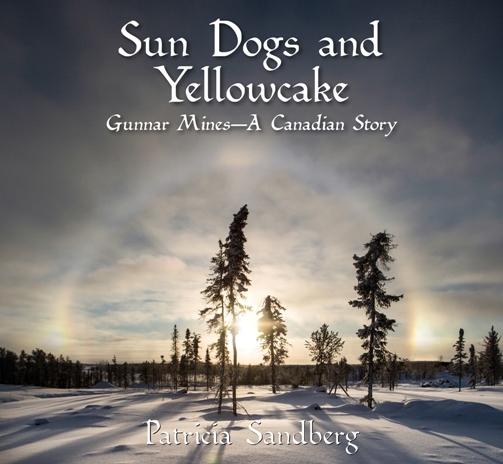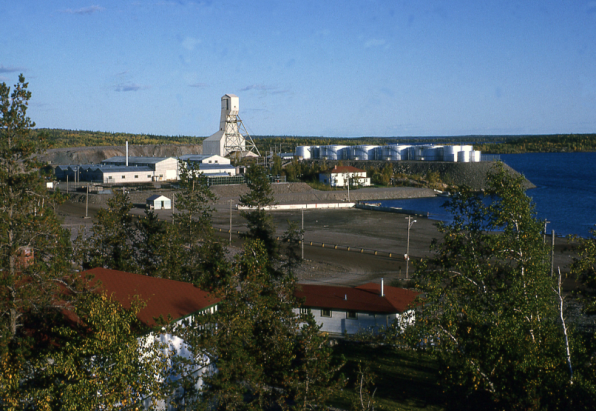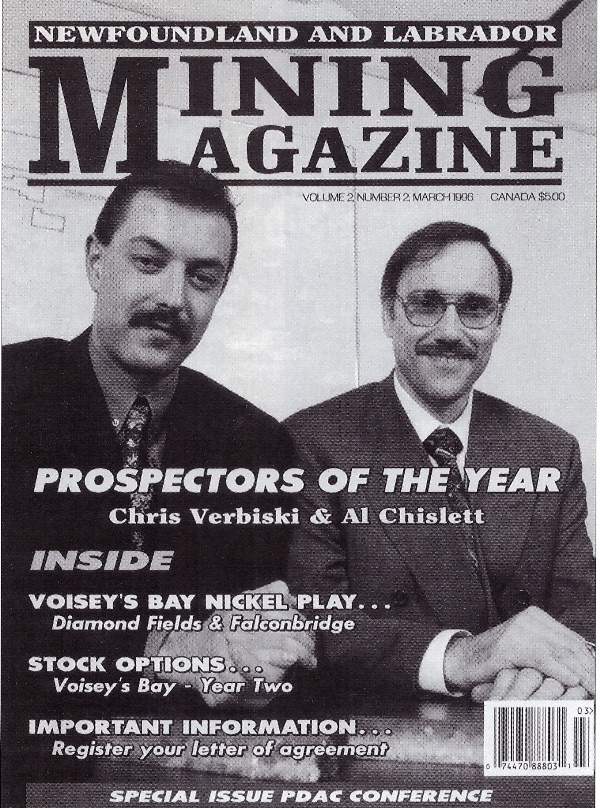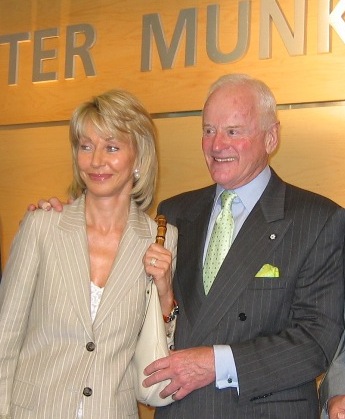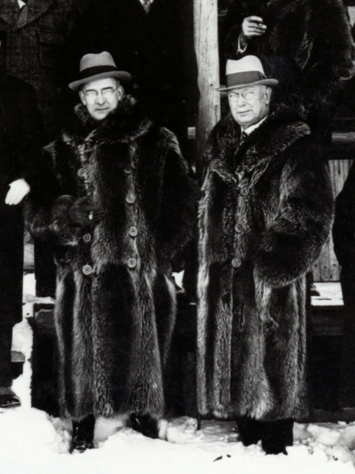https://www.cbc.ca/news/canada/nova-scotia/
Herbert Pepperdine spent more than 8 days underground after deadly 1958 bump
The last man to emerge from the ground after the 1958 Springhill mining disaster has died at age 95. An obituary posted Sunday for Herbert Pepperdine stated the former coal miner died Friday in hospital in Springhill, N.S.
“He was just a treasure to the community. He started working in the mines when he was 14 years old and even after ’58, after he was trapped eight-and-a-half days, he works 10 more years in the last working mine that was in Springhill,” said Tony Somers, a tour guide at the Springhill Miners Museum.
The disaster, known as the bump (like an underground earthquake), occurred Oct. 23, 1958. There were 175 men in the mine at the time; 75 of them were killed. While Pepperdine would occasionally talk about the 1958 disaster, Somers said it wasn’t something he enjoyed.

























